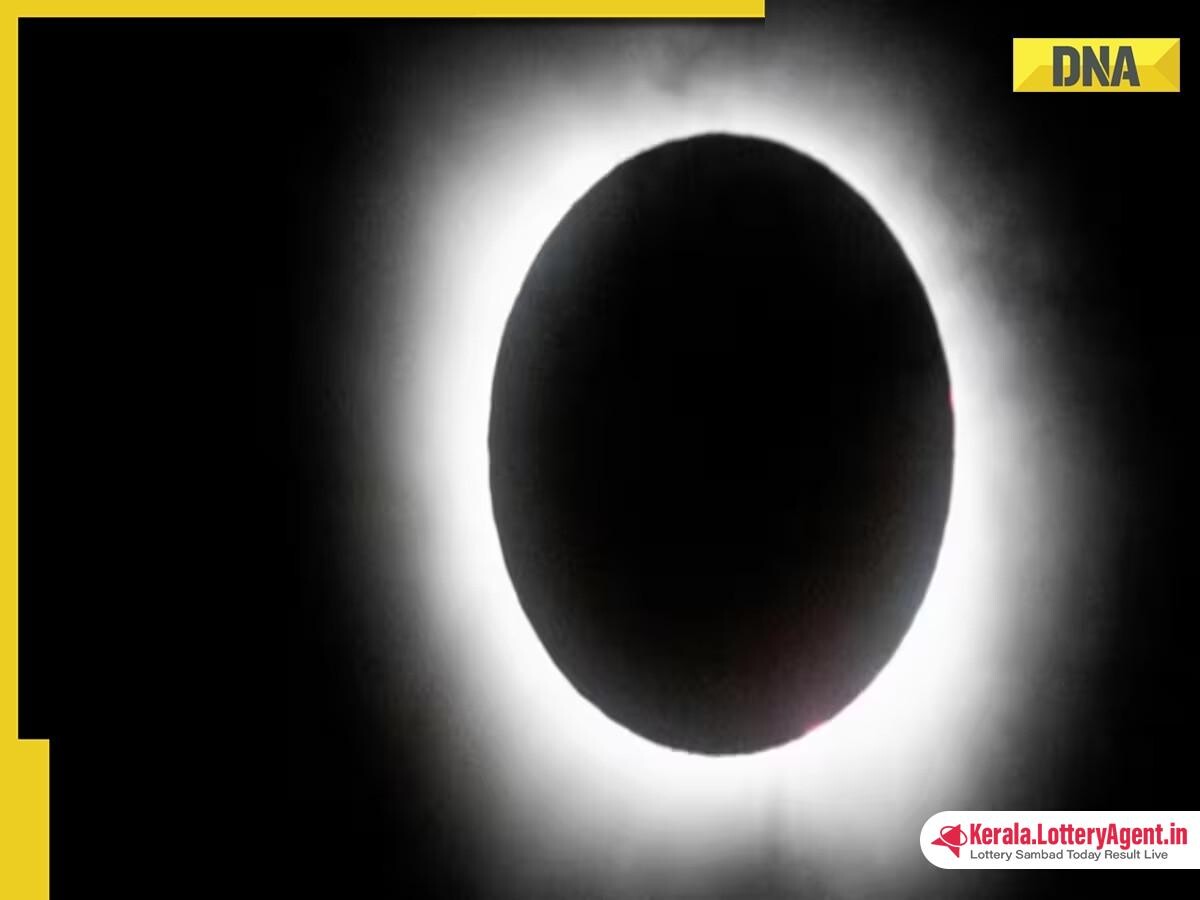
In a stunning celestial event that captivated millions, parts of Mexico, Canada, and the United States witnessed a total solar eclipse on a recent Monday, drawing skywatchers into a collective gaze towards the heavens. In cities along the narrow path of totality, the Moon fully obscured the dazzling Sun, prompting a wave of excitement and amazement.
As the total solar eclipse unfolded, the skies darkened, and stars emerged in a daytime dance that has long fascinated humanity. NASA, at the forefront of space exploration and observation, has captured these awe-inspiring moments, sharing a live stream on its official YouTube broadcast channel for the world to see.
The event marked a momentous occasion for the western and northern regions of New York State, which experienced their first total eclipse in a century. Indianapolis, too, was awestruck as the city was immersed in darkness for the first time in over 800 years.
In North America, the Mexican resort town of Mazatlan welcomed the eclipse first. Southern Texas near Eagle Pass was the spot where the partial eclipse signaled the start within the United States. Throughout the day, this extraordinary phenomenon traveled across the land, mesmerizing onlookers as it went.
The rarity of this total solar eclipse lies not only in its occurrence but also in its return. It will not be until August 2044 that such an eclipse will again be visible across the contiguous United States. Additionally, an annular eclipse, which presents a “ring of fire” as the Moon’s size is insufficient to fully block out the Sun, will not be seen in these regions until the year 2046.
Prior to the event, numerous reports, including CNN, indicated the trajectory of the eclipse and the timings of its most dramatic phase, known as “totality.” From Mexico’s Pacific coast, starting around 11:07 am local time, to the Atlantic shores of Newfoundland, ending at 5:16 pm local time, the eclipse carved a swath of darkened skies.
Emphasizing the utmost importance of safety, NASA circulated guidelines for safe eclipse viewing. Staring directly at the brilliant Sun without appropriate protection can lead to irreversible eye damage. The only exception is during the total phase of the eclipse when the Moon’s complete coverage offers a brief respite from the Sun’s intense rays.
Any attempt to view the eclipse through cameras, binoculars, telescopes, or any optical devices without proper solar filters is a hazard. And during the partial phases, which occur before and after totality, viewers must employ safe solar eclipse glasses, distinctly different from regular sunglasses, which offer no protection.
Climate transformation, albeit temporary, tags along with an eclipse, as reported by CNN. Not only does the temperature plummet by roughly 10 degrees within the path of totality, but changes in humidity, wind speed, and cloud coverage are also felt as the Moon’s shadow makes its terrestrial passage.
The scientific community greatly benefits from these eclipses; they provide unparalleled opportunities to study the flow of solar material and its interaction with Earth’s ionosphere. Our understanding of space weather stems from these observations, aiding in the comprehension of its effects on GPS systems and long-distance radio communications, aspects of technology intertwined with low-Earth orbit satellites and our interconnected world.
This celestial spectacle brought together people from all walks of life, eyes skyward, reminders in hand that while we share this small planet, we are also at the mercy of the vast and wondrous dynamics of the cosmos. An occasion as much about unity and perspective as it was about the dance of celestial bodies, this total solar eclipse will be chronicled as a historic occurrence, leaving reverberations of interconnectedness long after the shadow has passed.












